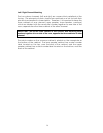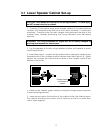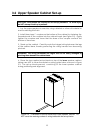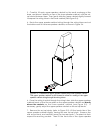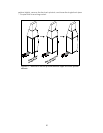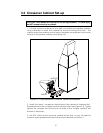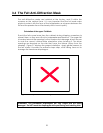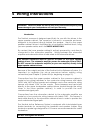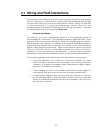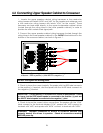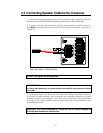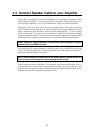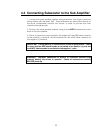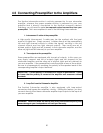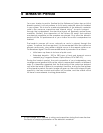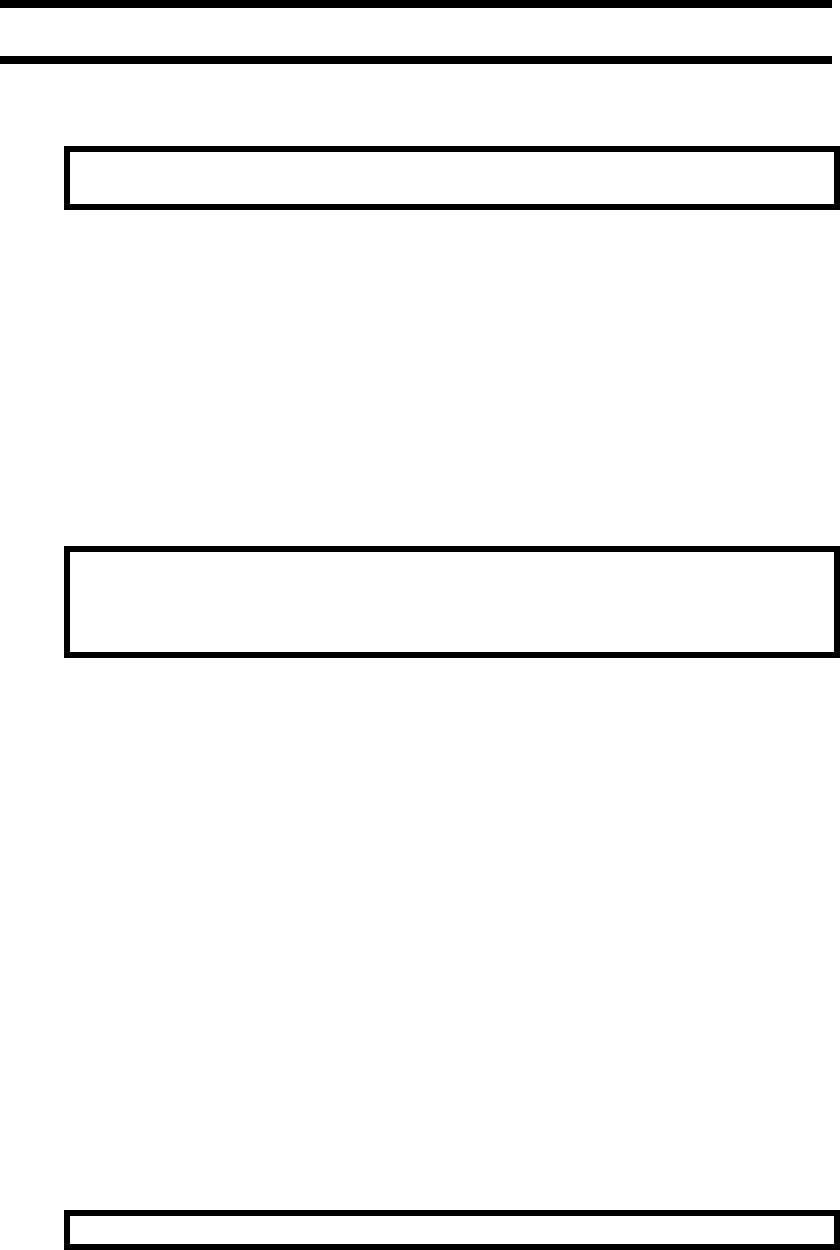
24
4 Wiring Instructions
WARNING: Failure to follow the set-up and wiring instructions explicitly may
cause damage to your loudspeakers and void your warranty.
Introduction
The Sentinel crossover is designed specifically for use with the drivers in the
upper speaker cabinet. The crossover is housed in a separate enclosure,
designed to be placed directly behind the speaker. Input to the upper
speaker cabinet drivers is facilitated by a two-position terminal block, using
your own speaker cable, and is for SINGLE-WIRING ONLY.
By contrast, the lower speaker cabinet is actively powered by, and directly
connected to the subwoofer amplifier. Wiring between the subwoofer
amplifier and subwoofer drivers is hard-wired to the subwoofer drivers.
The external crossovers must be used at all times for the upper speaker
cabinet drivers. The subwoofer amplifier powers the subwoofer drivers ONLY.
Do NOT connect the subwoofer amplifier (or your own amplifier) directly to the
upper speaker cabinet drivers.
Because of the weight and size of the Sentinel Active Reference System, it is
important to complete the set-up procedure before making wiring
connections (see Chapter 3, System Set-up, beginning on page 15).
Connections from the upper speaker cabinet to the crossover cabinet is
made by two wiring harnesses: a four-conductor wiring harness with labels
"HIGH" and "MID" for the tweeter and midrange, and a two-conductor wiring
harness with labels "LOW" for the woofer. These harnesses are hard-wired
directly to the upper loudspeaker cabinet drivers (routed through the wiring
tubes in the lower speaker cabinet), in order to provide the most
unobstructed signal path.
Connections from the subwoofer cabinet to the subwoofer amplifier are
made by a two-conductor wiring harness with labels "SUB". This harness is
hard-wired directly to the subwoofer cabinet drivers in order to provide the
most unobstructed signal path.
The Sentinel Active Reference System is equipped with nickel-plated brass
barrier terminals for connecting the harnesses and speaker cables. Ring
terminals or spade lugs designed for #10 screws are recommended for cable
termination.
Do NOT over-tighten the screws.



